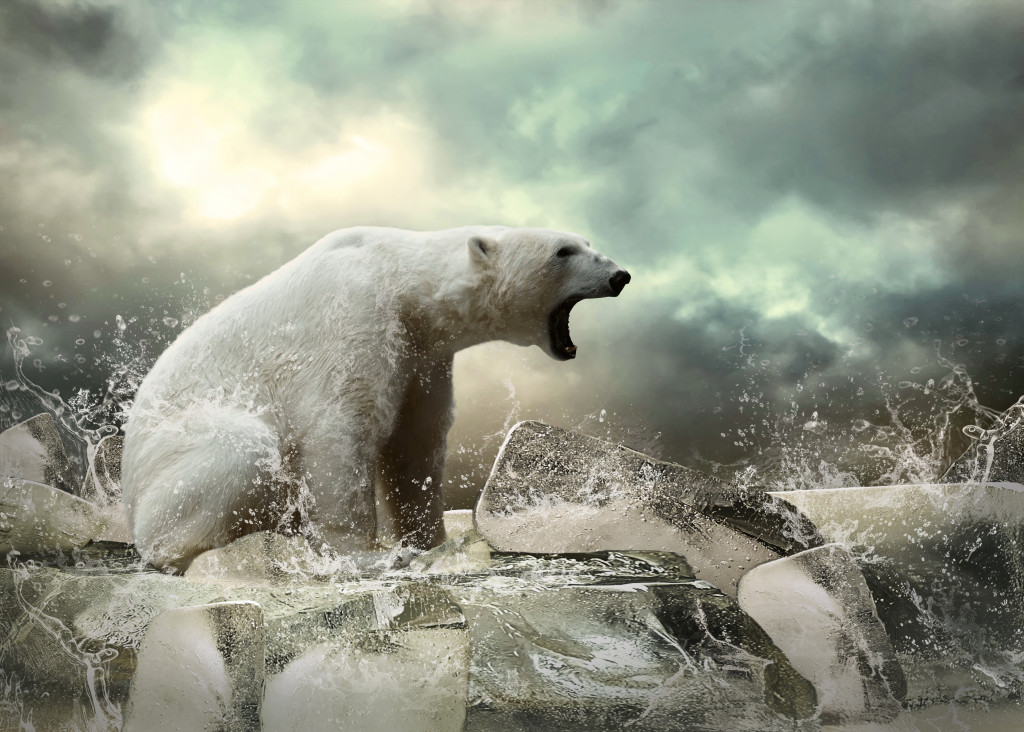Nature is fascinating and beautiful, but also sometimes incredibly scary. Think of—example—the deepest depths of the ocean. The mystery of it alone makes it terrifying.
While most of the Earth’s population exists in livable climates where the temperature does not sting and the land can be navigated, some places are just extremely harsh. You can think about both ends of every spectrum—from temperature to terrain to weather. One must take extra steps and wear extra layers, like a Helly Hansen ski jacket, to survive these environmental conditions.
Here are some of the harshest environments on Earth:
Antarctica
This 5.5-million-square-miles of a continent is “the world’s highest, driest, windiest, coldest, and iciest continent.” 98% of its land area is covered with a thick ice sheet that comprises 90% of the planet’s ice. The ice sheet is 5,900 feet thick and is overall made up of 7 million cubic miles. Although far from the usual picture of a desert, Antarctica is considered as such because of the scarcity of water.
Despite these conditions, Antarctica used to be home for diverse flora and fauna, according to fossil evidence. To this day, the main population of the continent consists of researchers and tourists. It’s near impossible to survive in this place as it does not have the same economy as the normal cities in the world.
Greenland
Placing second to Antarctica, Greenland features a 5,000-feet thick ice sheet that can reach to 10,000 feet. The ice sheet is so big (700,000 square miles) that it covers four-fifths of the island’s land area. Located in the North Atlantic Ocean, Greenland is the biggest island in the world as it “extends about 1,660 miles (2,670 km) from north to south and more than 650 miles (1,050 km) from east to west at its widest point.”
The weather changes on this island are drastic, from a sunny day to a full-on blizzard. This is due to low-pressure air colliding with the cold air that hovers Greenland. A majority of the population consists of Inuit, also known as Eskimo, and the rest are Danish.
Siberia

Siberia’s harsh weather conditions have protected itself from mineral exploitation for many years. Located in Asia, Siberia spans from the Ural Mountains to the Pacific Ocean and the Arctic Ocean. This closed-off place spans for 5,207,900 square miles. It is known for long and snowless winters that don’t go higher than −90 °F. The temperature lowers from west to east.
As global warming takes place, the temperature has become more hospitable for miners. Siberia is rich in coal, petroleum, natural gas, diamonds, iron ore, and gold resources. An article in Mining Technology writes, “In 2016, a mineral was discovered in Siberia unlike any ever found naturally occurring on earth,” making it worthwhile for the industry to traverse a 220-mile ice road for 1,000 workers.
It’s worth noting that these places are beginning to change as climate change settles in. Ice is melting and increasing sea levels. Temperatures in these places will become higher, and they may become livable somewhere in the future. For now, though, these destinations will be as fascinating as they currently are.

